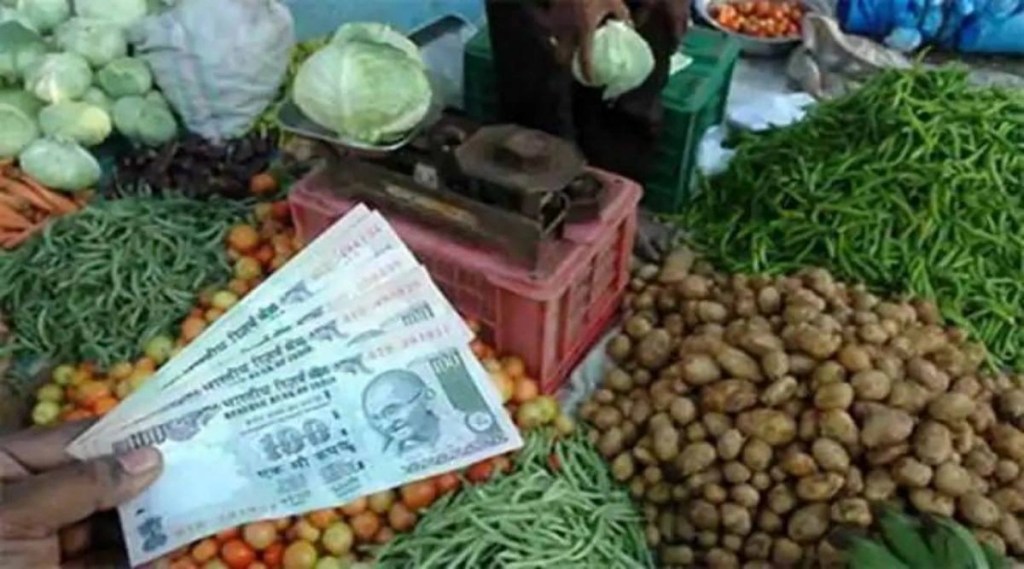The recent inflationary episode has affected the lower strata of the population more in the first nine months of FY23, unlike FY22, according to a study by India Ratings and Research (Ind-Ra). The effective inflation of 7.2% faced by the bottom 50% of the population – both in rural and urban areas– during April-December 2022 was 40bp higher than the headline retail inflation, it noted.
“Ind-Ra’s analysis reveals that a high inflationary episode driven by food and fuel erodes the purchasing power of poorest more than well-off households. This is in contrast to the scenario when inflation is driven by core items (which excludes food and fuel),” says Paras Jasrai, analyst.
However, there was significant variation across the states in this regard. In its report, In-Ra used the Consumer Expenditure Survey (CES) for 2012-12, the latest available, to estimate and analyse the effective inflation experienced by the households of different expenditure.
The strata-wise inflation estimation showed that while the urban poorest 5% experienced 7.4% inflation during April-December FY23, the rural poorest 5% faced 7.3% inflation. Similarly, the urban richest 5% faced 6.7% inflation during the period and the rural richest 5% experienced 6.6% inflation. “This is not surprising because food & beverages account for 60.6% of the consumption basket of the poorest 5% in rural areas and 59.2% in urban areas.
In fact, the average inflation experienced by the top 50% of the population at 6.9% was lower than 7.2% faced by the bottom 50% in rural areas. At the same time in urban areas, the upper half of the population felt an inflation of 7.0% which was lower than that of 7.2% felt by the lower half. All in all, the effective inflation faced by the bottom 50% of the population (both in rural and urban areas) at 7.2% was 40bp higher than the headline retail inflation during April-December FY23.

